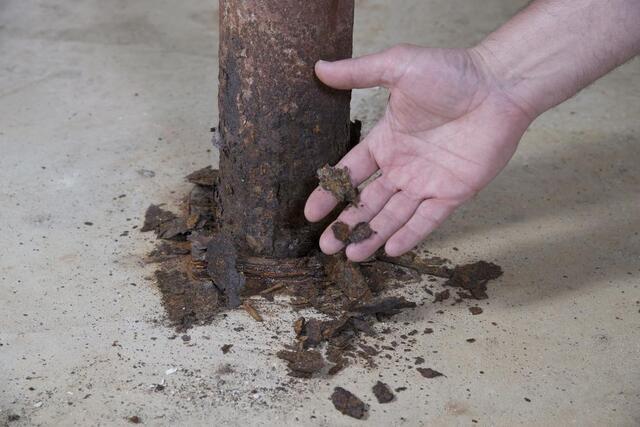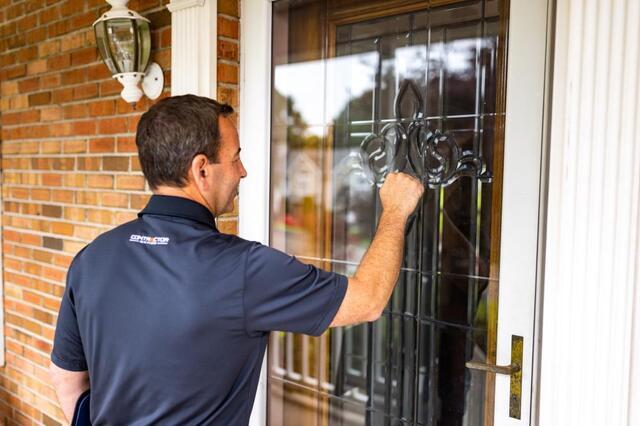Signs of a Basement Waterproofing Problem and How to Protect Your Home
Signs of a Basement Waterproofing Problem and How to Protect Your Home
A wet basement isn’t just an inconvenience—it’s a warning sign that your home could be at risk for serious problems. From structural damage to mold growth, a damp basement can lead to costly repairs and even health concerns. As a homeowner, it’s important to know the signs of a waterproofing issue, how water gets into your basement, and what you can do to fix it.

Signs of a Basement Waterproofing Problem
If you’ve noticed any of these issues, it’s time to take a closer look at your basement:
-
Wet or damp basement floor – Water seeping through cracks or from under the floor can leave your basement floor wet or damp.
-
Leaking or damp basement walls – Water stains, damp spots, or visible leaks on your basement walls are clear indicators of water intrusion.
-
Pooling or standing water – Puddles or standing water in your basement are a sure sign of a problem.
-
Crystalline deposits on concrete surfaces – These white, powdery deposits, known as efflorescence, form when water evaporates and leaves behind mineral salts.
-
Musty odors – A damp basement often has a distinct, unpleasant smell caused by mold and mildew.
-
Condensation – Water droplets on walls, floors, or windows can indicate high humidity and poor ventilation.
-
Sump pump issues – If your sump pump isn’t working properly, water can quickly accumulate in your basement.
-
Leaky basement windows – Water entering through cracks or gaps around basement windows is another common problem.

How Does a Basement Get Wet?
Water can find its way into your basement in several ways:
-
Hydrostatic pressure – When water saturates the soil around your foundation, it creates pressure that pushes water through cracks in your basement walls and floor.
-
Poor drainage – Clogged gutters, downspouts that don’t direct water away from your home, or improper grading can cause water to pool near your foundation.
-
Cracks in the foundation – Over time, small cracks in your foundation walls or floor can allow water to seep in.
-
High humidity – Warm, humid air can condense on cooler basement surfaces, leading to dampness and condensation.
-
Plumbing leaks – Leaking pipes or a malfunctioning sump pump can also contribute to a wet basement.
Problems Caused by a Wet Basement
Ignoring a wet basement can lead to a variety of problems, including:
-
Mold and mildew growth – Damp, dark environments are perfect for mold and mildew, which can cause respiratory issues and other health problems.
-
Structural damage – Prolonged exposure to water can weaken your foundation, leading to cracks and even collapse in severe cases.
-
Rotting wood – Wooden beams and supports in your basement can rot when exposed to moisture, compromising your home’s structural integrity.
-
Decreased property value – A wet basement can lower your home’s value and make it harder to sell.
-
Increased energy costs – Damp air is harder to heat and cool, leading to higher energy bills.

What Can You Do?
If you suspect a basement waterproofing problem, don’t wait to take action! Request a professional basement inspection today. We will send one of our certified basement waterproofing specialists to visit your home and conduct a free, thorough inspection of your home’s basement foundation.
Protecting your basement from water damage is an investment in your home’s safety, comfort, and value. By recognizing the signs early and taking proactive steps, you can keep your basement dry and your home secure.

.svg)